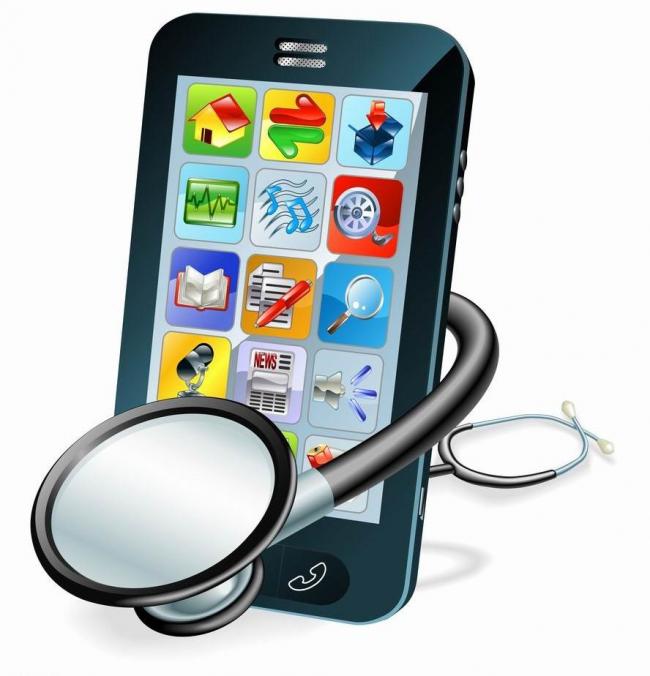There's a warning out today for those who go online or to apps to figure out why they have an upset tummy or nagging cough or occasional chest pain. Symptom checkers are accurate only about half of the time.
很多人胃不舒服、咳嗽或者偶尔胸口疼痛时会上网咨询或者诉诸于各类应用,对此我们提出警告。因为这些工具能精确检查症状的几率只有50%。
The finding is from a Harvard Medical School study that reviewed 23 sites. One third listed the correct diagnosis as the first option for patients. Dr. Ateev Mehrotra, one of the study's authors, urges patients to be cautious when using these tools.
此项发现源于哈佛医学院的研究,该研究对23个网址进行了检查。三分之一的网站能够提供正确的诊断,作为患者的首选疗法。该研究的作者只有Ateev Mehrotra医生,警告患者使用这些工具时要谨慎。

About a third of U.S. adults use the sites in place of going to the doctor. Mehrotra says, these online tools are about as accurate as the call-in lines offered by many physician groups. "
美国约有三分之一的成年在使用这些网站,而不是去看医生。Mehrotra 表示这些网络工具与很多医师提供的电话服务几乎一样准确。
The diagnosis accuracy rate for physicians is 85 to 90 percent. But Jason Maude says he does not want a Web versus doctor showdown.
医师诊断正确率为85%至90%。但是Jason Maude表示并不希望网络跟医生之间一决雌雄。
"The whole point is not to set the patient against the doctor or replace the doctor, but to make the patient much better informed and to ask the doctor much better questions, and then together they should do a much better job," he says.
他表示:“关键不是让患者与医生相互对立,或者换掉医生,而是要患者了解更多信息以便向医生咨询更好的问题,这样才能达到最好的效果。”
Isabel ranked well in the study, showing the correct answer more than 40 percent of the time in the first diagnosis. Those high results, Maude says, may be because the site lets patients type in their own description of symptoms. They might describe a "tummy ache" or "stomach cramps" rather than the more clinical choice of "abdominal pain" used by many online symptom checker tools. And Isabel asks just two or three questions before patients describe their problem, as compared to sites that ask patients to click through 20 questions .
网站Isabel在该项研究中的排名很好,初诊时给出正确答案的概率为40%。Maude表示,正确率高可能是因为患者可在该网站输入对症状的描述。患者可以输入“肚子疼”或者“胃部痉挛”,而不是很多症状检测工具使用的“腹部疼痛”。此外,患者对自己的症状进行描述之前,Isabel只向患者提问两三个问题,而其他网站则设定了20个问题。
Clarifying how and why patients use these tools is critical, say the study's authors. They could reduce unnecessary office visits or inform patients as they talk with their doctors. But for some, the tools may encourage people to seek unnecessary care.
该项研究的作者表示,理清患者使用这类工具的方式和原因,非常重要。这类工具能够减少不必要的寻医就诊,患者与医生交谈的过程中也能获取更多信息。但对于一些人来说,这类工具可能会让人们寻求不必要的医疗护理。
Mehrotra says patients used symptom checkers more than 100 million times last year, a fact that may stun some physicians. "While most doctors know patients are going to the Internet to search for medical advice, in terms of these symptom checkers.I've been surprised that few of my colleagues even knew they existed," he says.
Mehrotra 表示,很多患者去年使用病症检查工具的次数超过了一亿次,这让很多内科医生都大吃一惊。他表示:“虽然很多医生都知道患者会向网络寻求医疗建议,我吃惊的是,我的同事中很少有人知道这些网站和应用的存在。”












